
At its core, tokenization transforms traditional assets into digital tokens that can be traded on a blockchain. Whether it be real estate, debt, bonds or shares of a company, tokenization brings efficiency and transparency to these processes. It also broadens retail investors’ access to these asset classes. A new research report by Brickken and Cointelegraph Research surveys the underlying business models and provides an in-depth analysis of why many TradFi firms are jumping on the tokenization trend.
The anatomy of tokenized asset issuance
The journey begins with deal structuring, where the asset, be it a property, a bond or a private equity fund, is identified and legally organized. Often, the asset is held by a so-called Special Purpose Vehicle (SPV), a dedicated legal entity designed to protect investor rights.
Once the groundwork is laid, the asset enters the digitization phase and is recorded onchain. After being minted, smart contracts can automate processes such as compliance checks, dividend payments and shareholder voting. This automation slashes administrative costs and eliminates inefficiencies, making the syst...










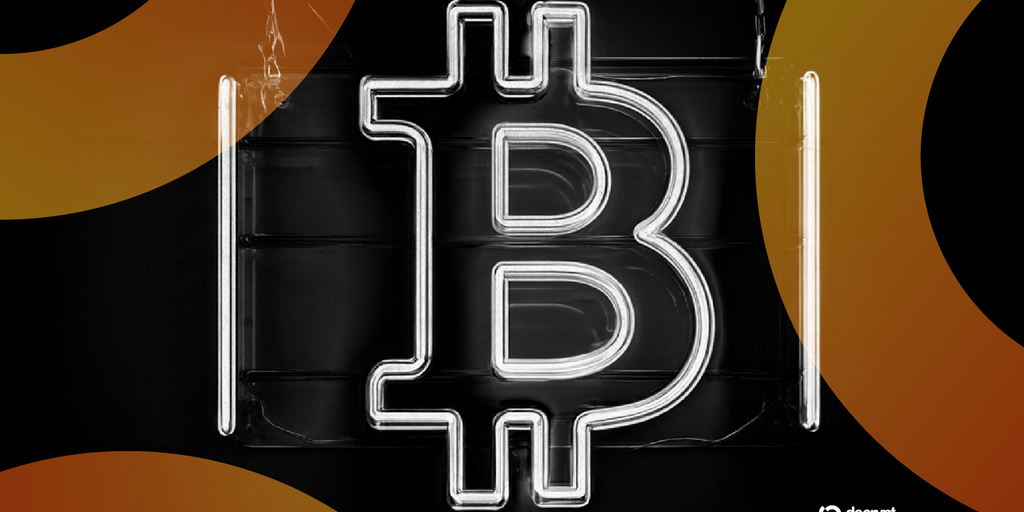

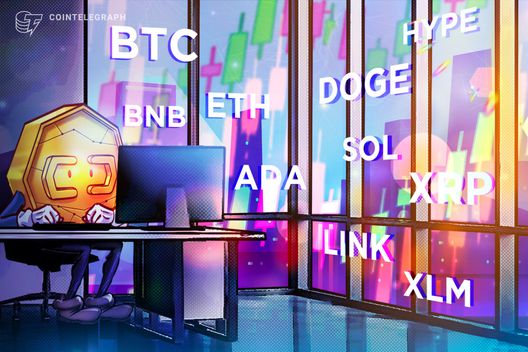


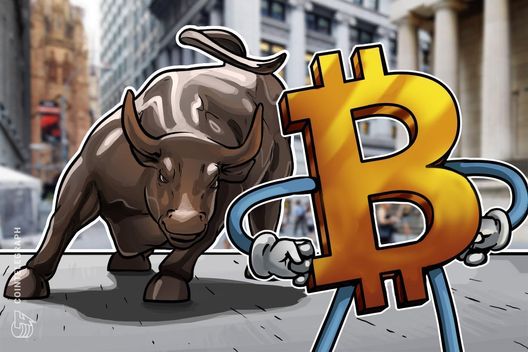
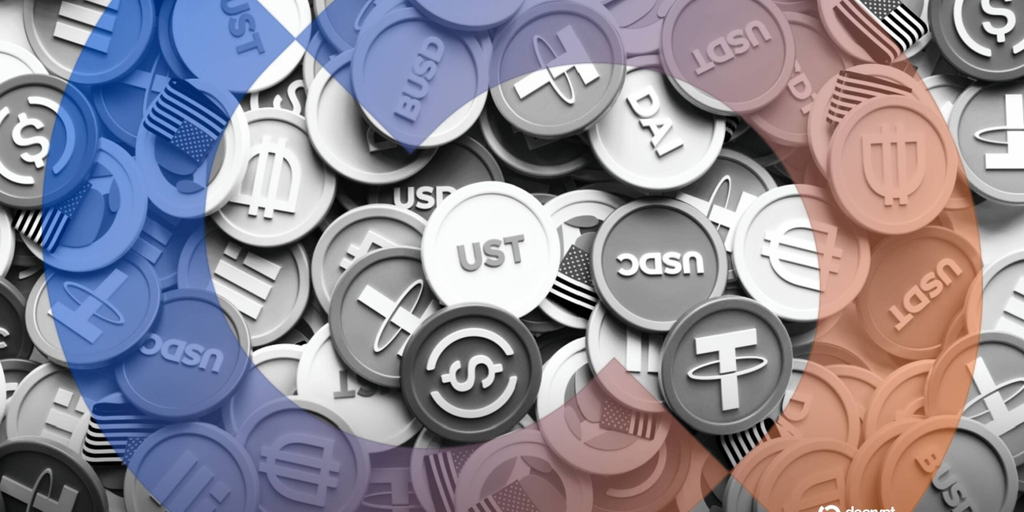
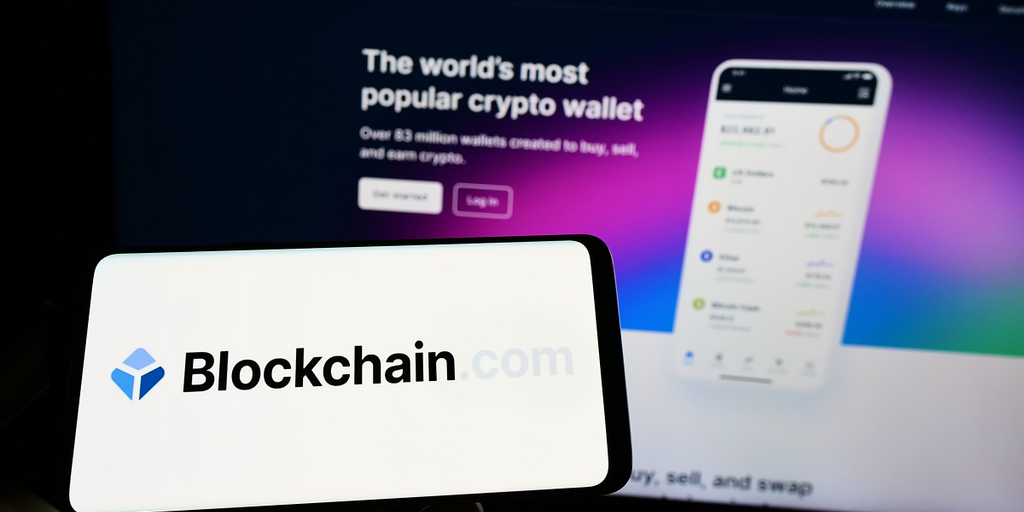








 24h Most Popular
24h Most Popular
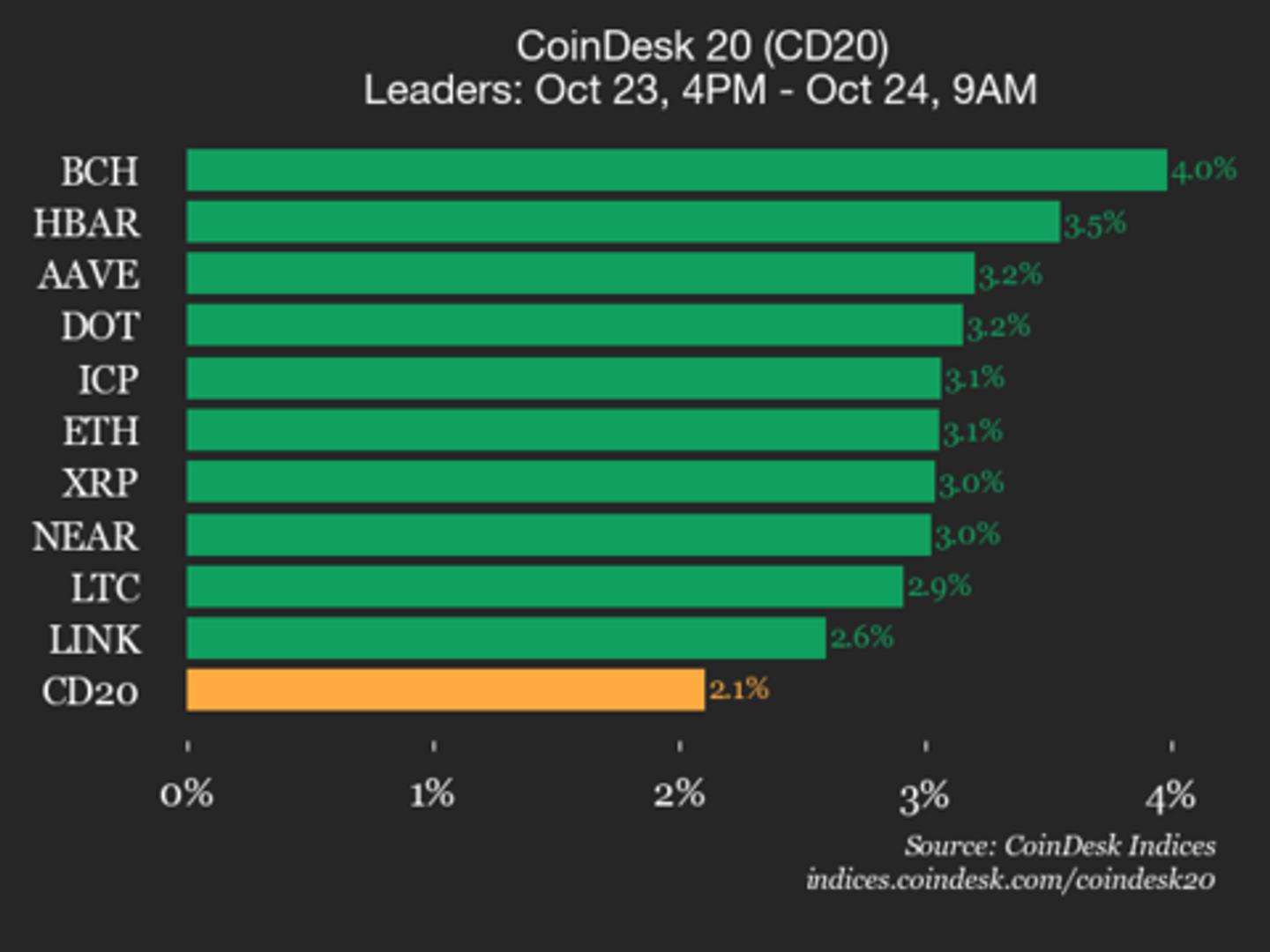



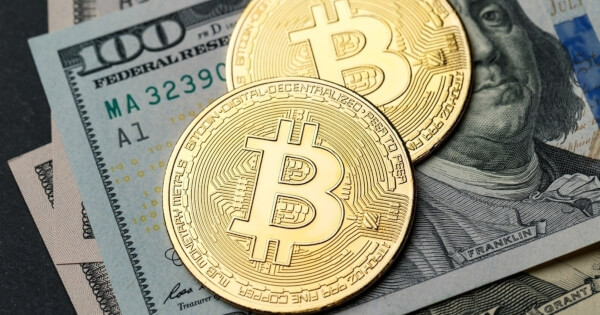



 Utilities
Utilities